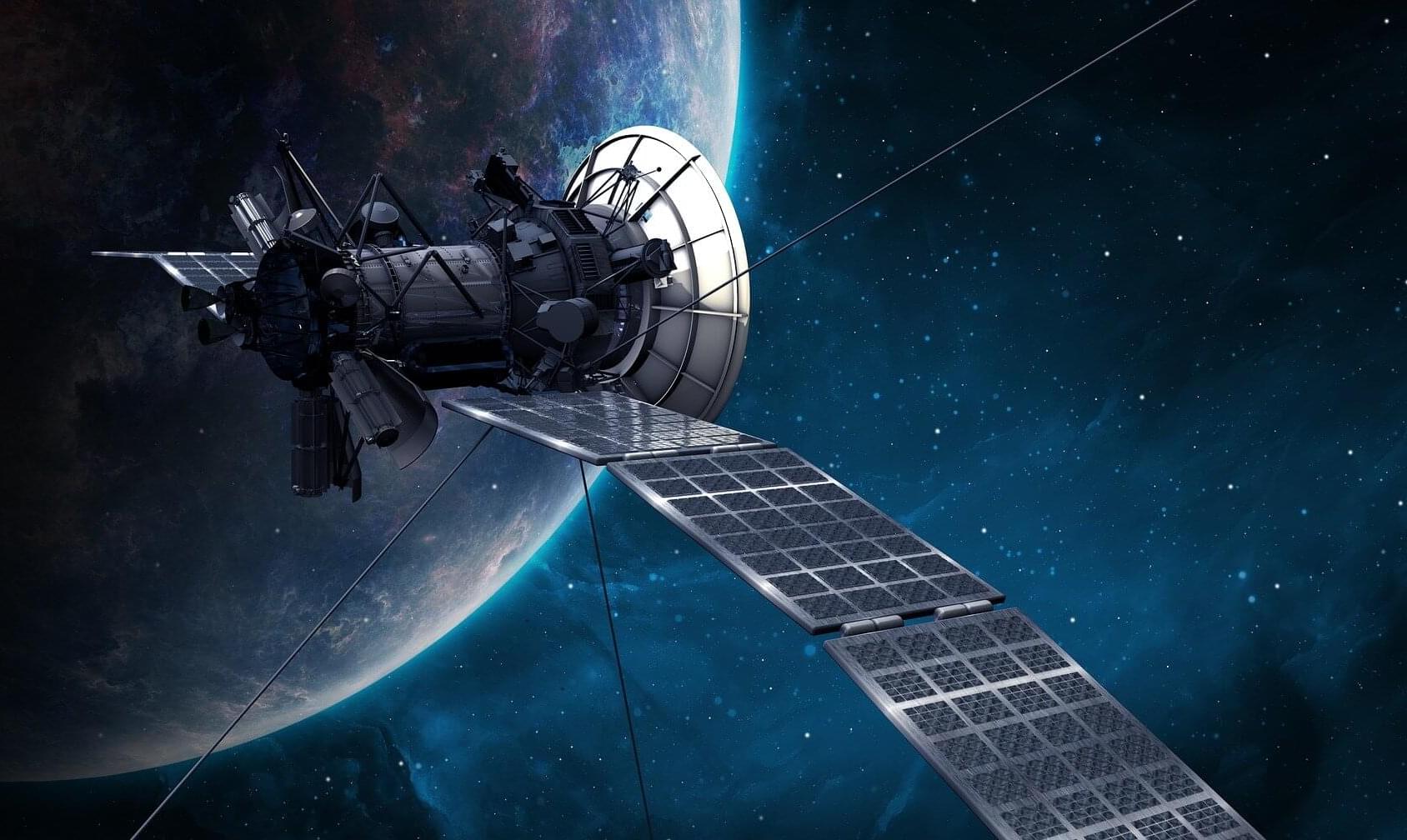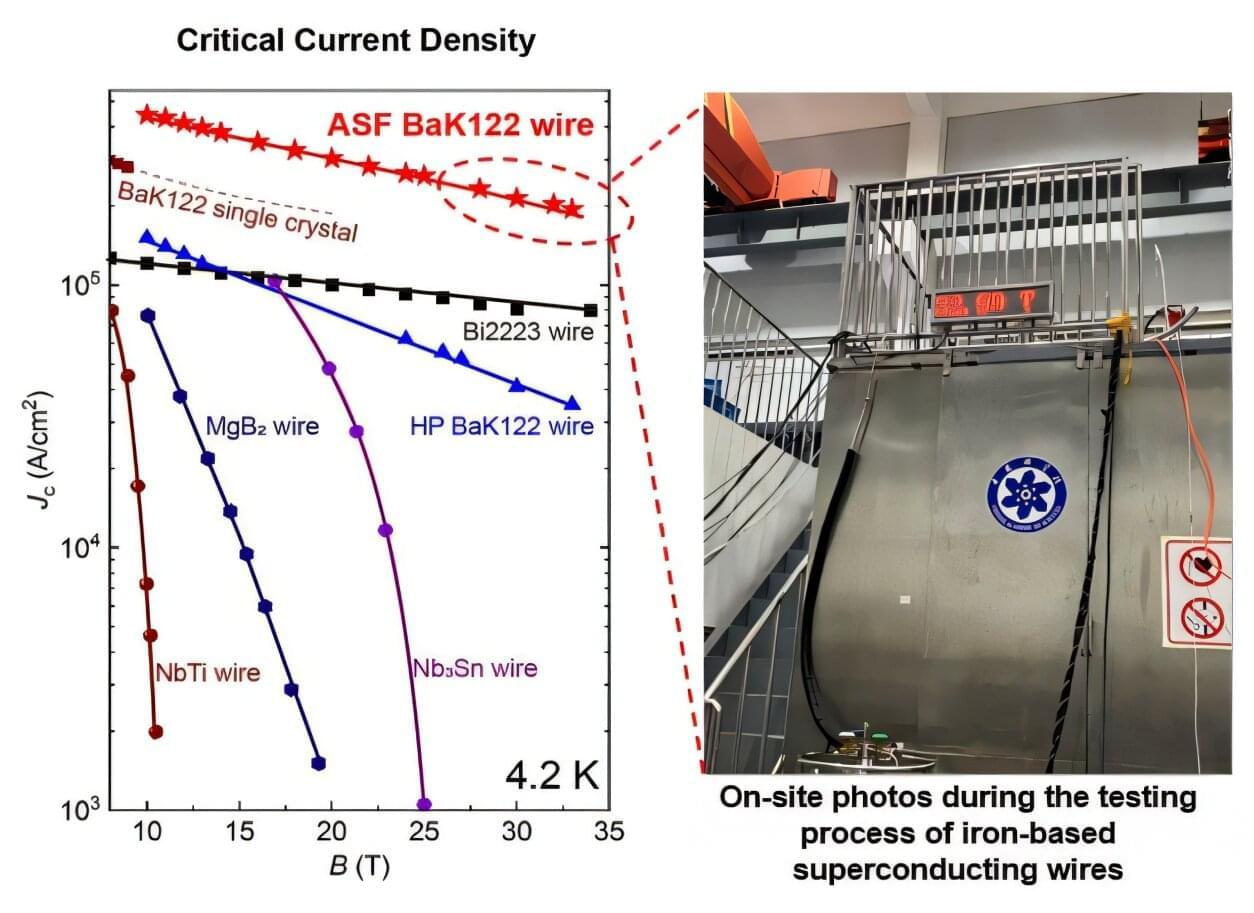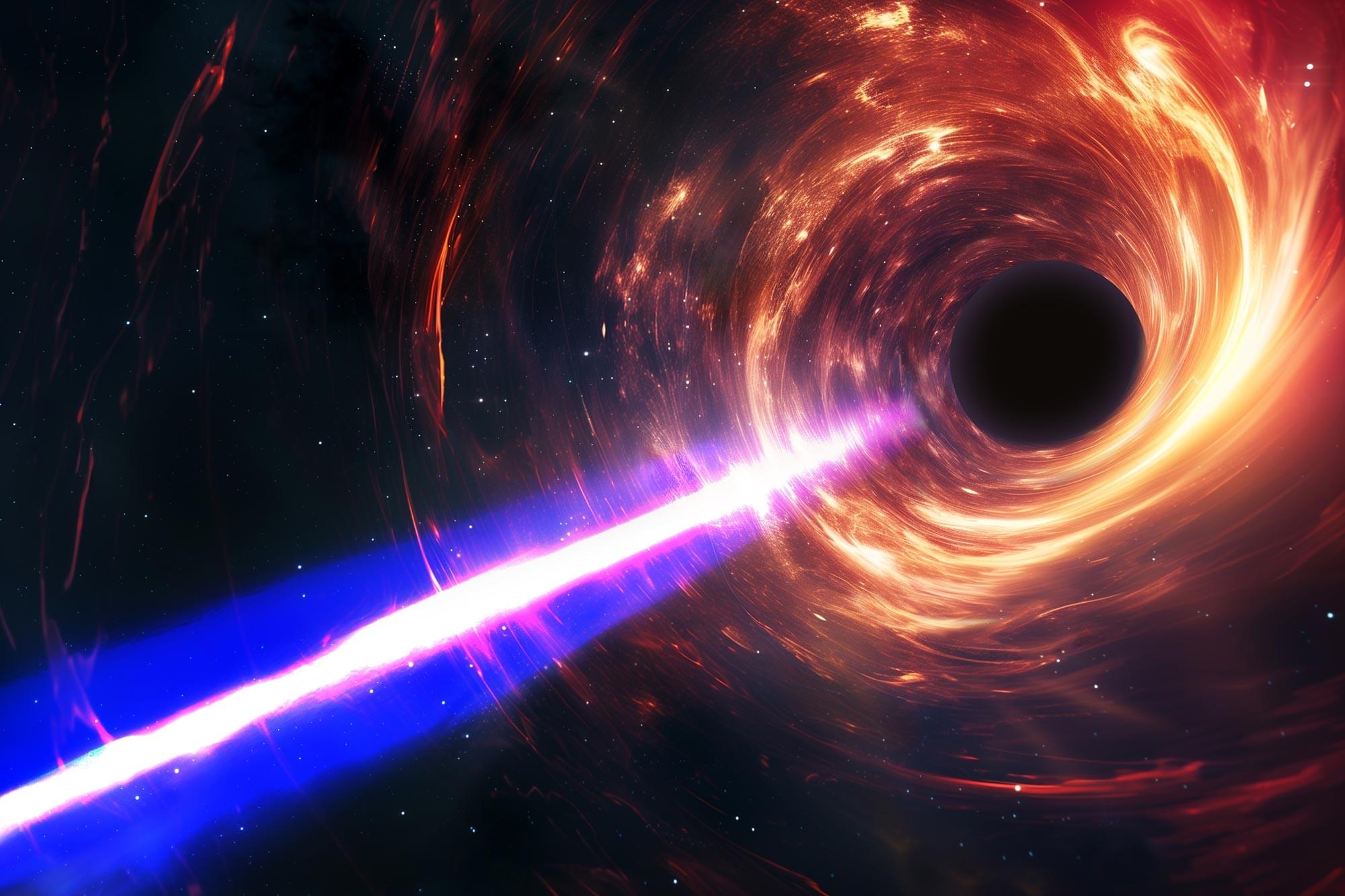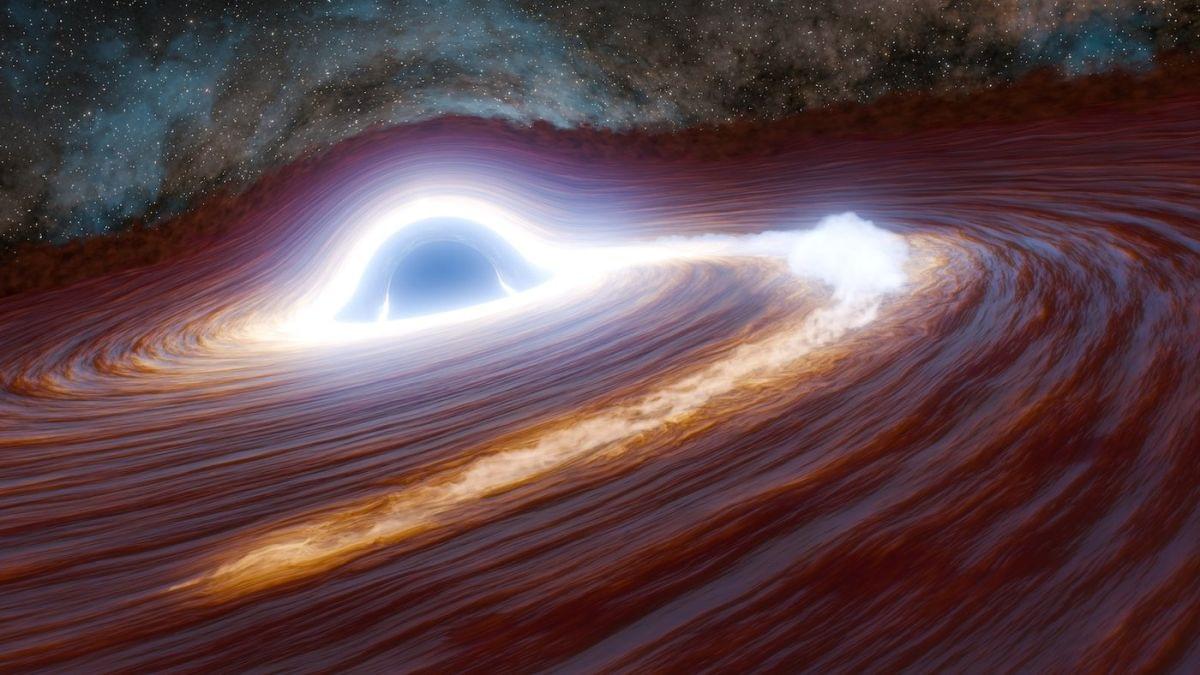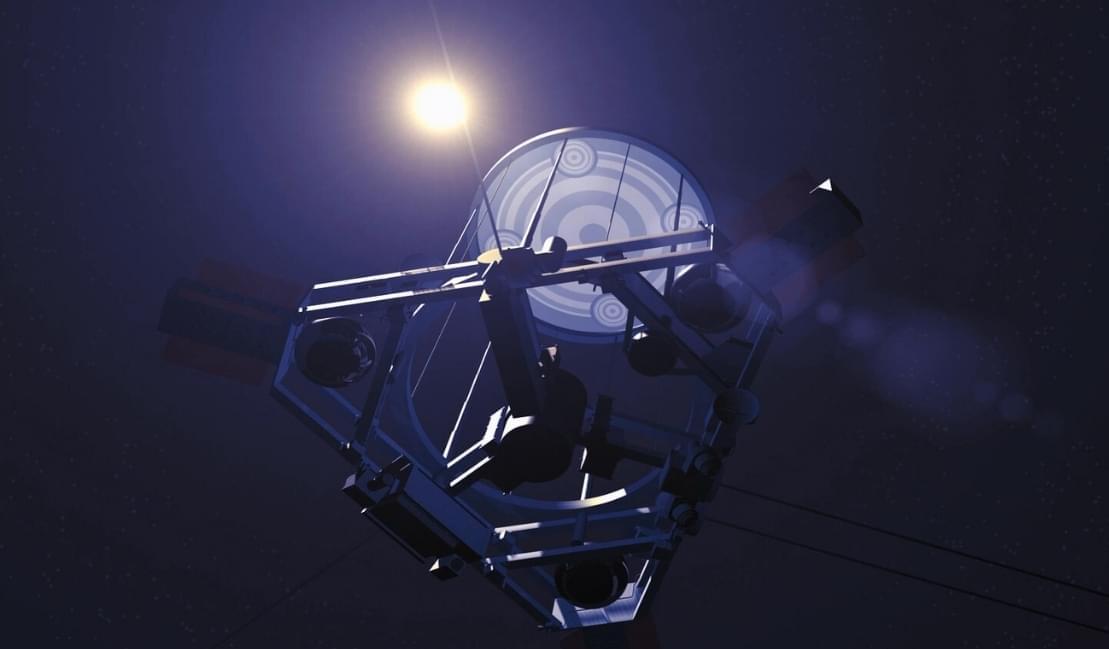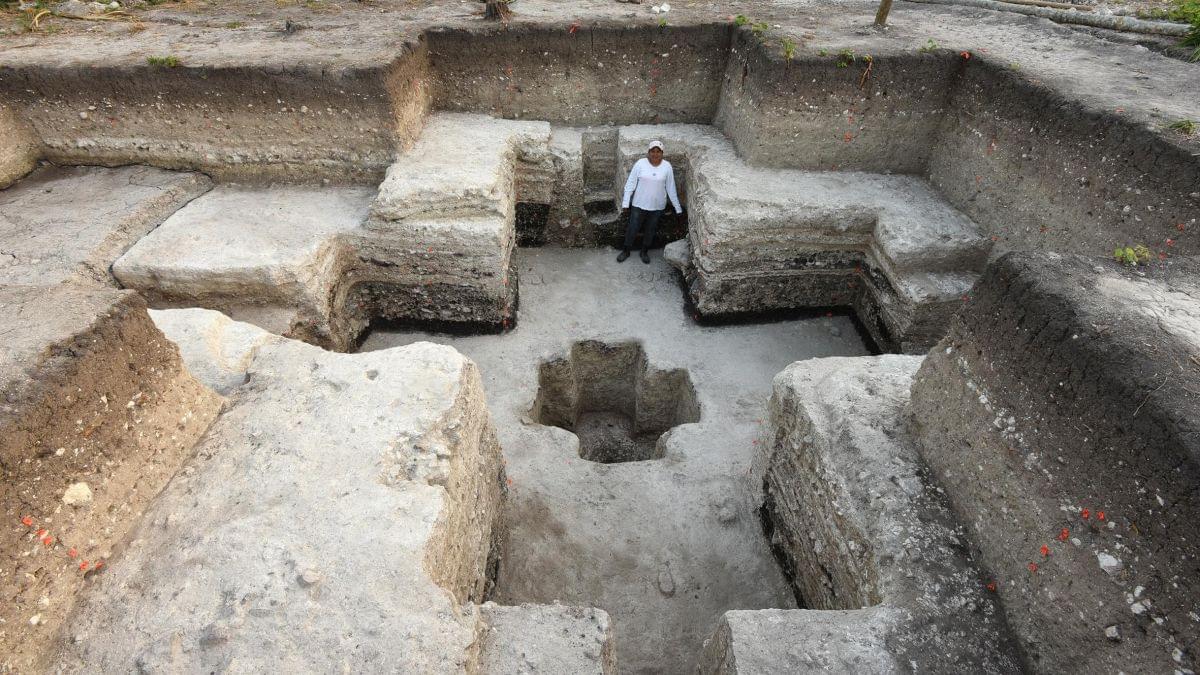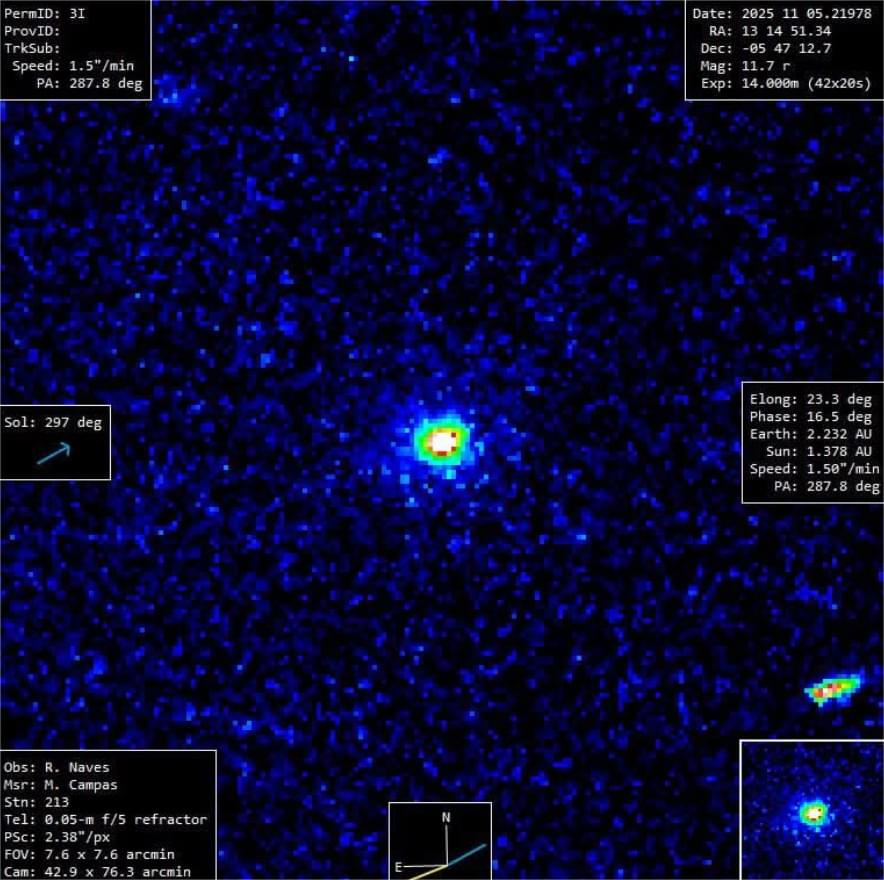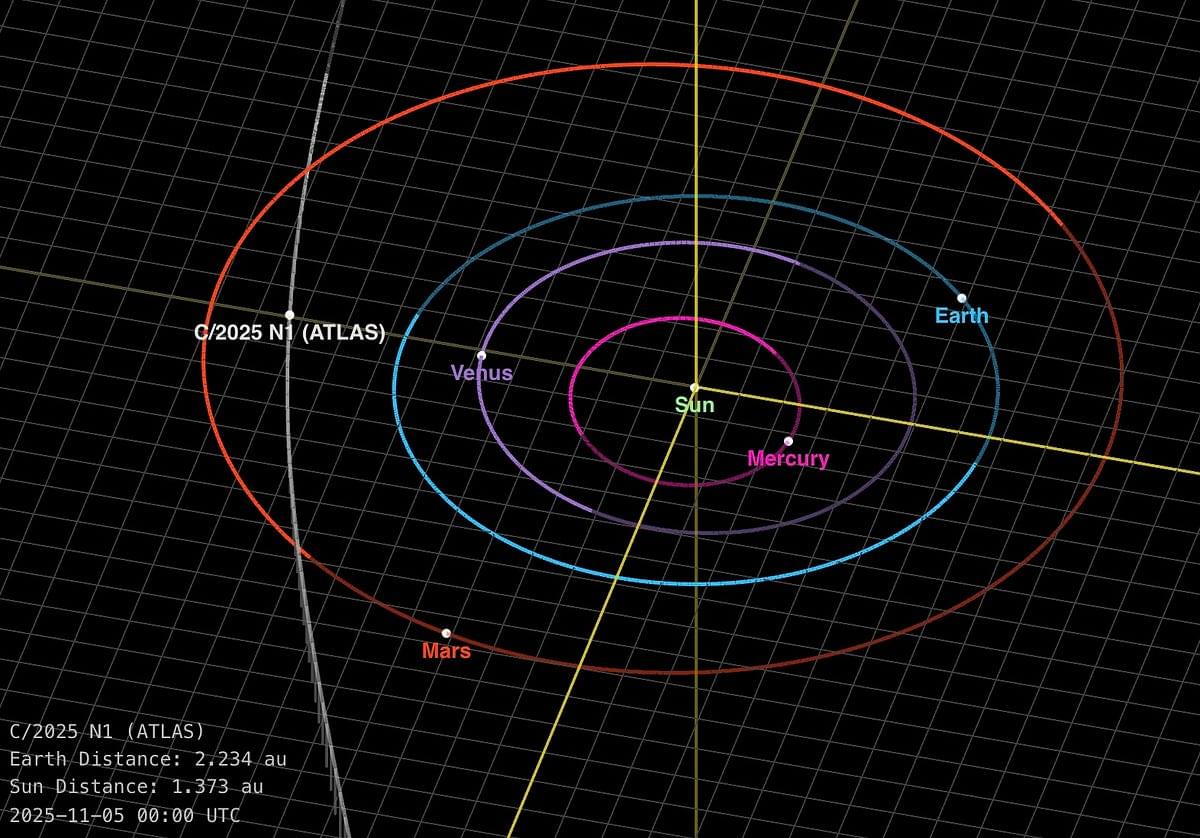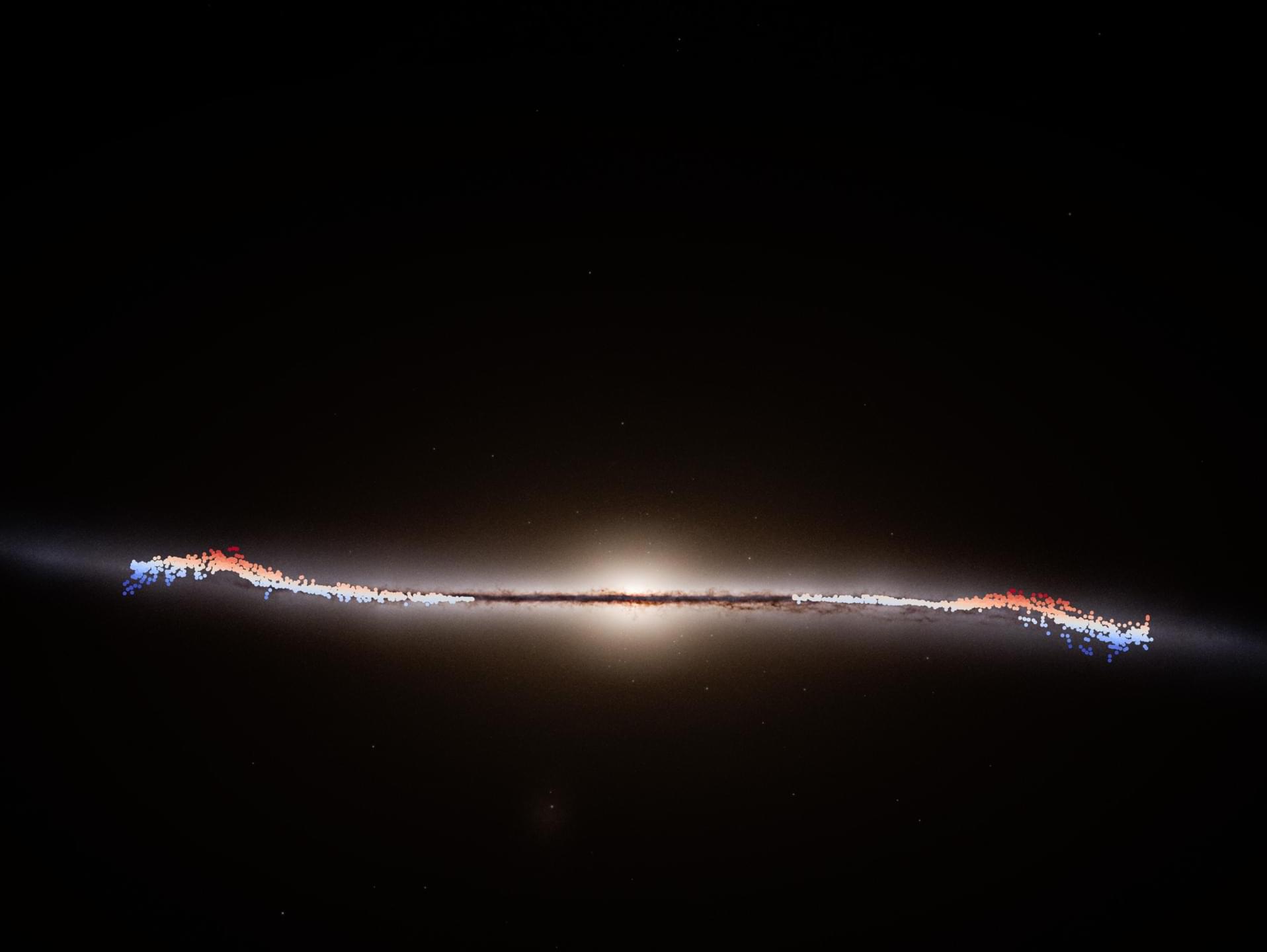Quantum satellites currently beam entangled particles of light from space down to different ground stations for ultra-secure communications. New research shows it is also possible to send these signals upward, from Earth to a satellite; something once thought unfeasible.
This breakthrough overcomes significant barriers to current quantum satellite communications. Ground station transmitters can access more power, are easier to maintain and could generate far stronger signals, enabling future quantum computer networks using satellite relays.
The study, “Quantum entanglement distribution via uplink satellite channels”, by Professor Simon Devitt, Professor Alexander Solntsev and a research team from the University of Technology Sydney (UTS), is published in the journal Physical Review Research.
